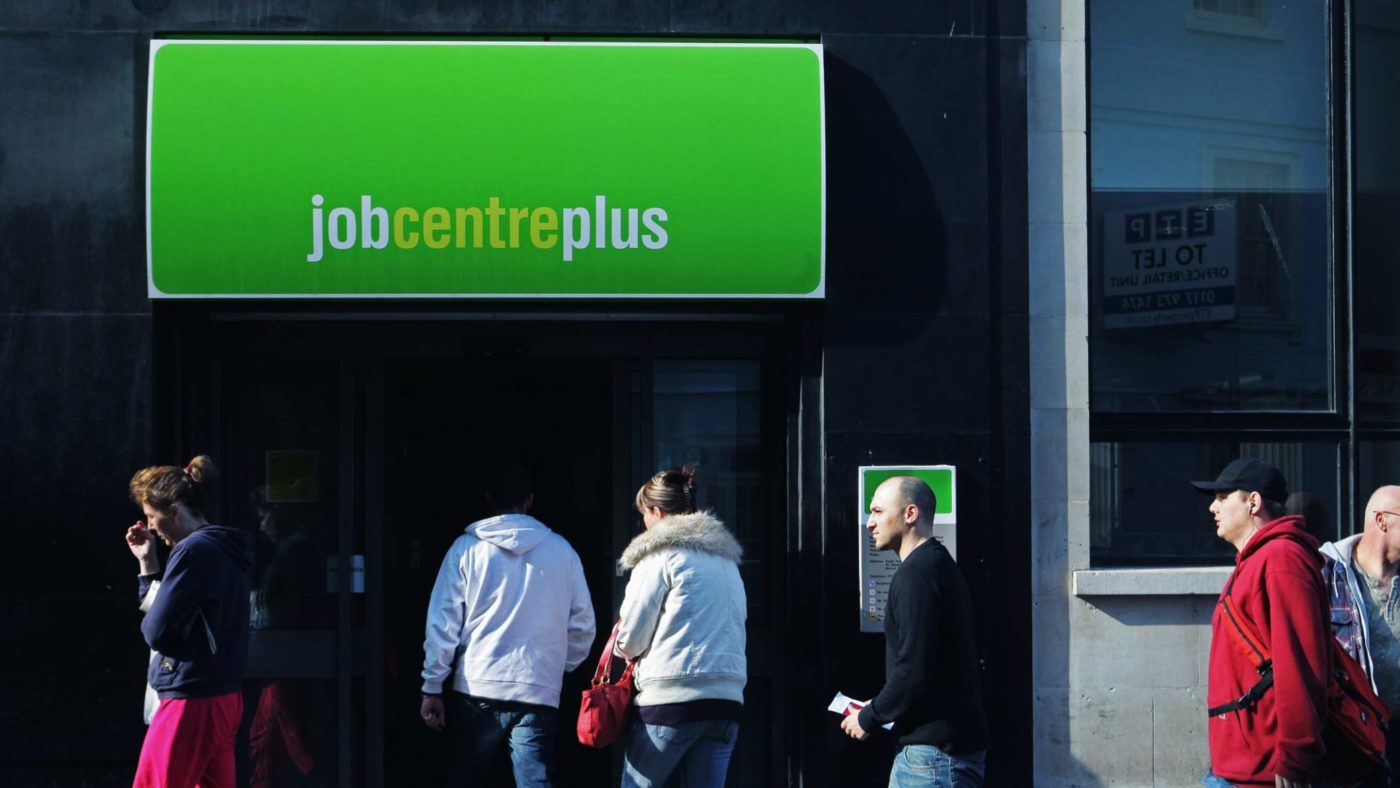Politics can often feel like a tug of war between two opposing tribes. On one end, small government conservatives pull society towards free markets and away from the forces of “big government”. On the other, social democrats pull with equal tenacity towards social welfare and away from the reactionary forces of austerity.
It turns out this conventional ideological spectrum is based on a mistake. Not only are free markets and social welfare compatible – if anything we should start to think of them as mutually
reinforcing.
Think back to when China became a member of the World Trade Organisation in 2001, and inundated the developed world with cheap imports. By one estimate, two million US manufacturing jobs were displaced in short order, concentrated in parts of the Midwest that were already deindustrialising due to automation. Voters in these regions subsequently became much more polarised, supporting nativist members of congress, and (eventually) spurred the rise of for Donald Trump.
According to one study, trade liberalisation in the 2000s caused congressional attitudes towards China to reach a lower point than in the aftermath of the Tiananmen Square massacre. The US story wasn’t so unique in this respect. Parts of the United Kingdom and Germany affected by Chinese import competition also saw surges in populist sentiment, although in Europe, immigration remains much more salient. Rather, what set the US apart was its abject lack of a safety-net for transitioning displaced workers into new work. American workers were instead left to languish, many turning to early retirement or disability insurance – a path of least resistance in lieu of alternative income supports.
While some have taken the China Shock as a repudiation of free trade, it’s better seen as an indictment of America’s social insurance system. Economists have always maintained trade between countries is a net positive if, and only if, the winners compensate the losers. Conceptually, that’s exactly what social welfare programs are designed to do. By pooling the sort of idiosyncratic employment and productivity risks that private insurers typically can’t, an effective social insurance system helps the process of creative destruction remain a positive-sum game.
As French President Emmanuel Macron recently put it, we face a choice between “protection” and “protectionism”: social protection via efficiently designed safety-nets, or via direct interventions in the market itself, designed to preempt the process of creative destruction from happening in the first place. It should come as no surprise, then, that some of the most open and freest markets also have some of the largest welfare states.
In Denmark, where roughly half of the economy is based on exports, a dearth in statutory labour law is made up for by generous spending on active labour market policies and unemployment insurance. This combination of flexibility and security, known as “flexicurity,” means that, while your job isn’t guaranteed, your income and re-employment are.
As a result, one in five Danes change jobs every year, making it one of the most dynamic labour markets in the world. It’s a pattern that holds across the OECD. The greater a country’s commitment to economic freedom, the larger their social transfers, and vice versa. The economist Tyler Cowen once called this the “Paradox of Libertarianism”: economic freedom unleashes the engines of wealth creation, and yet “the more wealth we have, the more government we can afford”.
Conversely, countries that fail to provide comprehensive social insurance fall victim to popular backlashes against market forces, leading to ad hoc regulations that put the breaks on growth. Actually-existing economic systems simply refuse to fall in line with our neat and tidy ideologies. But, in many ways, that offers a ray of hope. Rather than pick a side in a deadlocked tug of war, savvier policy entrepreneurs can choose to pull the rope in a perpendicular direction where resistance is least, knocking both sides off-balance.
Specifically, transcending the politics of both protectionism and austerity requires thinking about the ways economic freedom and the welfare state can be bolstered simultaneously. In a new report for the Niskanen Center, I argue that this should include considering the ways income supports encourage entrepreneurship and prudent risk taking; unemployment insurance and active labour market programs ease the adjustment costs associated with economic shocks; and universal systems of social insurance make it harder for politicians to justify bailing out failing
firms or industries.
In short, as defenders of economic freedom, we desperately need to expand our toolkit for understanding the character of social spending, rather than demagoguing about abstract measures of government size. “Big” government is here to stay. The question left to us is whether bigness works with freedom and dynamism or acts against it.


